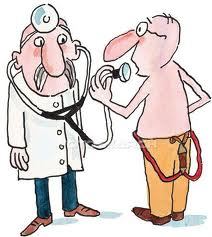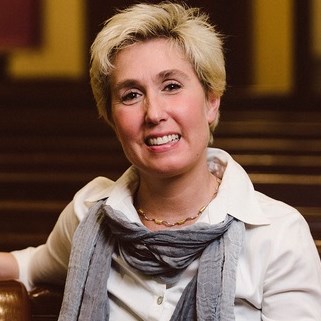
(6-21-21) What is treatment? “Too often, patients spend most the day wallowing in their misery and uncertainty waiting for the next meal or group meeting.”
A recent email from a frequent patient at Virginia Hospital Center in Arlington, Virginia, caught my attention. It echos complaints which I have heard about the quality of care available to individuals with mental illnesses. The writer specifically mentioned a disconnect between a patient and psychiatrist.
In my speeches, I often talk about how my son has had seven psychiatrist since his first break, but only two have taken the time to learn anything personal about him. They simply listen to his symptoms, prescribing medication and send him out the door – usually in under 15 minutes, which is all the time an insurance company wants to reimburse.
But I believe treating the brain also requires treating the whole person.







